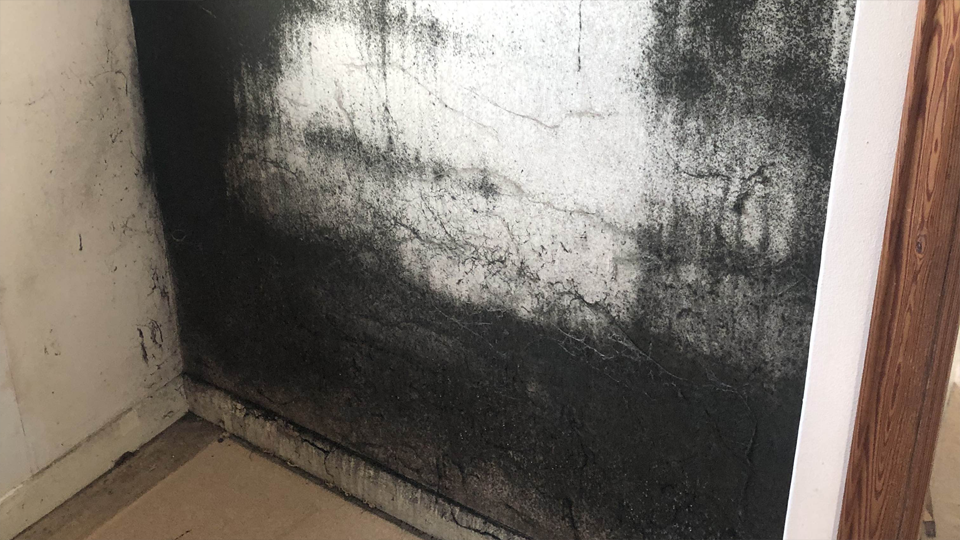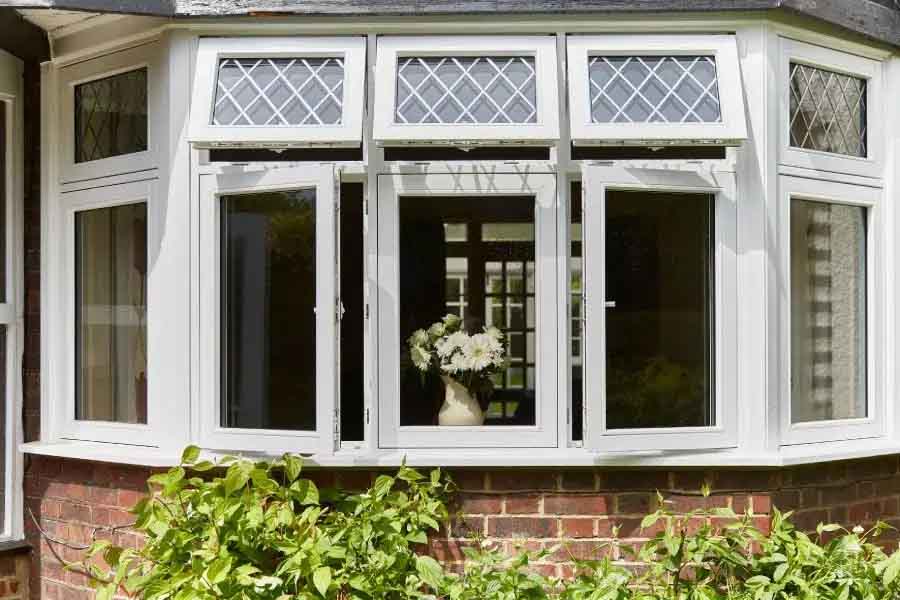Awaab’s Law Explained: New Protections Against Mould in Social Housing
From October 27, 2025, tenants will be significantly more protected from poor living conditions caused by mould in their social property. Following the tragic death of 2-year-old Awaab Ishak in 2020 due to mould inhalation in his neglected social home, a new law is being put in place to ensure tenants have the right to request crucial mould assessment and remediation in a timely manner. This is the biggest reform to social housing regulations we’ve seen since 2023. Here’s how this law changes the residential IAQ landscape:
Damp, mould, and time limits: what Awaab’s Law covers
Awaab’s law is an amendment to the Social Housing (Regulation) Act 2023 that will introduce new requirements: tenants living in social housing properties will soon have the legal right to a mould assessment visit within 14 calendar days of notification. This means that the property manager – the local council or housing association – must investigate and fix mould issues within 14 days, or even sooner if the mould or damp causes an immediate risk to health. This 14 day time limit ensures mould issues are assessed and fixed promptly, to avoid further unnecessary health effects from mould exposure.
Under current laws, protections against dangerous living conditions, like mould, are covered generally, but there is a debate around whether the current laws offer tenants enough protections. As Awaab Ishak’s case demonstrates, many people living in social housing believe that the law fails to protect their health from dangerous living conditions.
This move by the government ensures the safety of tenants by putting more pressure on councils and housing associations to investigate mould reports. Leaving mould to grow in a home can lead to serious respiratory health risks, especially for vulnerable people like young children. Failure to comply with this new law can lead to enforcement actions including fines and penalties.
When does Awaab’s Law come into effect?
Awaab’s law is not yet in force; it will come into effect for social housing tenants from the 27th October 2025. After that, people living in social housing will gain more power to have their mould issues sorted within an appropriate time frame. There are also plans for this law to extend to the private rented sector too, so landlords should be preparing for this by cleaning existing damp and mould, fixing sources of moisture, and, where appropriate, installing filtering and dehumidifying equipment early.
What does this mean for landlords?
Landlords, now is the time to get your issues sorted. Although Awaab’s law will not initially affect private landlords, the government plans on extending the law’s reach into private housing as well as social housing.
Mould grows in warm, damp conditions and releases spores into the air which can circulate around a house. The best way to remain compliant and avoid making mould-related visits to a property is by remediating the problem as soon as possible. Mould tests and filtration equipment can help you keep mould growths to a minimum (HEPA and Carbon Filtration systems work great to catch mould spores), but professional cleaning is required to properly remove it.
Socioeconomic and individual factors can influence health risks
The link between socioeconomic class and exposure to environmental hazards is both direct and deeply entrenched. Families in lower-income brackets, particularly those relying on social housing, are significantly more likely to live in poorly maintained properties where damp and mould are prevalent. These households often lack the financial resources or social capital to challenge negligent landlords or seek alternative accommodation. Awaab Ishak’s situation shines a spotlight on how socioeconomic disadvantages can intensify health risks.
Personal and exposure risk factors exacerbate this disparity. Children, like Awaab, are especially vulnerable to the health consequences of mould due to their developing lungs and immune systems. For individuals with asthma, allergies, or other pre-existing conditions, continued exposure to damp conditions can result in chronic respiratory problems, hospitalisations, or even death. These risks are heightened when combined with overcrowding, lack of proper ventilation, and delayed landlord intervention -- conditions disproportionately found in low-income housing.
Our thoughts on Awaab's Law
We consider this change to the law a massive win. Soon, tenants will have the power to fight back against poor living conditions. At ARM Environments, we’ve seen mould grow everywhere you can imagine, but particularly memorable are the cases where vulnerable people are involved, like in hospitals and schools. In these cases, we can’t afford to take any chances; measures to eliminate mould must be decisive and fast.
This law makes high Indoor Environment Quality (IEQ) less negotiable and constrains landlords to act within a reasonable time frame to avoid unnecessary health risks. It’s a refreshing step forward in securing the health of vulnerable people, following the tragic death of another child, Ella Kissi-Debrah, who died at the age of 7 in 2013 due to excessive levels of outdoor air pollution near her home. She was the first person to ever have ‘air pollution’ listed as a cause of death on her death certificate.
With this change to the law, we’re hoping for a societal focus on IEQ and a movement that rejects inadequate air quality. Everyone has the right to clean air, but many disadvantaged people feel that just isn’t realistic. Propelled by a recent focus on ESG scores and sustainability, we’ve seen certifications like BREEAM and Fitwel becoming increasingly popular for new-builds and renovation projects. This is great, as it means we as a society are more careful with the air we breathe everyday, the pollutants we emit, and how all these choices affect our health.
We’re eager to see this amendment in action, and look forward to the future of IAQ regulatory changes. Hopefully, like us, you’ll be keeping a close eye on how this law unfolds and watching how those in disadvantaged positions might finally gain some legal power to prevent their health from deteriorating due to the conditions of their own homes.






